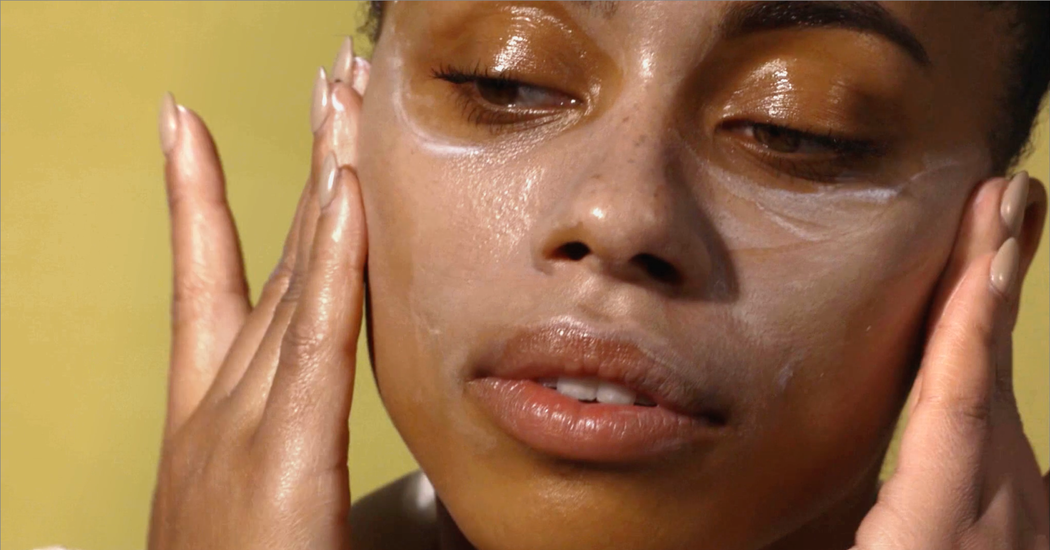While most experts agree that you should wear sunscreen year-round to prevent damage from the sun, harmful ultraviolet rays are strongest during the late spring and early summer.
The Times’s Well section partnered with Wirecutter, a New York Times Company that reviews and recommends products (and publishes annual ratings of sunscreens for the face and body), to answer common questions about sunscreen, including about how safe and effective it is, how to use it properly, and how to pick the right one for you.
How much SPF is enough?
Sun protection factor (or SPF) is a measure of how well a sunscreen protects against sunburn, which usually results from exposure to ultraviolet B (or UVB) rays, the type that cause most skin cancers. Most experts recommend an SPF of at least 30 for most people and most climates.
“There’s no harm in going higher, though,” especially if your skin burns easily or you have sun-exposure allergies, said Dr. Vinod Nambudiri, a dermatologist at Brigham and Women’s Hospital in Boston.
Once you go past SPF 30, the protection becomes more incremental. When properly applied, for instance, an SPF 30 sunscreen shields skin from about 97 percent of the sun’s UVB rays, while an SPF 50 protects against roughly 98 percent. No sunscreen blocks 100 percent of the sun’s rays.
Most experts we spoke with said that what’s more important is finding a broad-spectrum sunscreen — one that protects against both UVB and ultraviolet A (UVA) rays, which mostly cause skin aging and wrinkles — that you enjoy wearing and can afford to reapply and use consistently.
